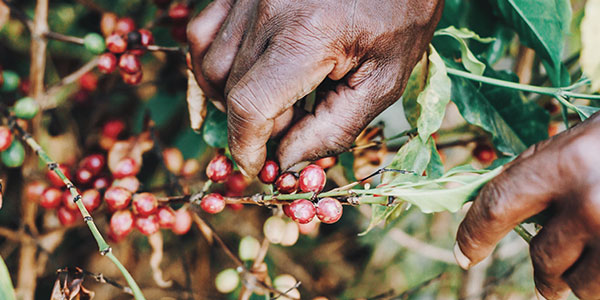IPBES report warn of over exploitation of wild species
- Wits Communications
Over consumption of wildlife species for energy and food will place stress on the communities that need them for survival.
Globally humans use 50 000 wild species for food, leisure, warmth and a host of cultural activities. In a new world threatened by climate change and exploitation these practices are under threat.

Of those 50 000 wild species, 10 000 are used by humans for food and 70% of the world’s most vulnerable communities are directly dependent on wild species as a source of nutrition.
To promote the sustainable use of wild species and to better understand how humans are using these resources, the Intergovernmental Platform on Biodiversity and Ecosystem Services (IPBES) recently released a scientific report on the subject.
The report titled The Sustainable Use of Wild Species Assessment Report, took a global deep dive into the sustainable use of wild species that include algae, animals, fungi and plants, and examined the options and feasibility for the sustainable use of wild species both on land and sea.
Dr Penny Mograbi of Wits’ School of Animal, Plant & Environmental Sciences in the Faculty of Science, was a lead author on the report. She was one of 12 early career scientists selected globally to form part of a team.
“In South Africa we have a huge amount of resource use across the board,” explains Mograbi.
“As you can imagine, with our current electricity crisis, wood is as a fuel a lot in South Africa. While most of South Africa is electrified, electricity is out of the price range of many people, even with the subsidy.”
Hard economic times coupled with the Covid pandemic meant many of the poor living in southern Africa had to rely on wild species for survival. They had to turn to wild fruits and harvest insects to eat.
“It is what we call a safety net resource and it is not just edible insects that are a safety net, if you think about it many of our wild resources are.
“Medicinal plants are often a safety net or are a preferred choice. So if you can't afford to go to the doctor, you use medicinal plants from the wild. Or perhaps you use them as it is part of your belief system,” says Mograbi.
The report took four years to complete, at a cost of almost $1 million. It was compiled by 85 international experts from 33 countries.
The report identified five broad categories of use of wild species by communities. These being: fishing; gathering; logging; terrestrial animal harvesting and non-extractive practices. The observation of wild species falls within non extractive practices and would include the tourism industry.
All these categories of wild resource use are facing threats that, according to the report, will place stress on those communities that utilise them. These threats include land and seascape changes, climate change, pollution and invasive alien species.
Overexploitation is another threat, with the report estimating that the survival of 12% of wild tree species is threatened by unsustainable logging. The report found that without effective regulation across supply chains global trade increases pressure on wild species.
The authors of the report called for the introduction of policy options that are inclusive and participatory for all. Also they wanted the use of tools that ensure the fair and equitable distribution of costs and benefits.
“A lot of what this report is highlighting is that we really don't know what is going on with many of these species that are being used. There are huge knowledge gaps,” says Mograbi.
The report was discussed and approved at the ninth session of the IPBES Plenary which is represented by 140 countries. But gathering the necessary information to help conserve those natural resources that have been used by communities for centuries has become a race against time.
“We need a lot more engagement with indigenous groups and local communities, to find out how they manage resources. To find out how that knowledge has been passed on through generations because it is that knowledge that is often being lost,” says Mograbi.

